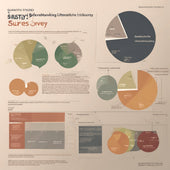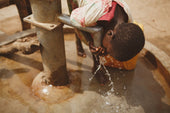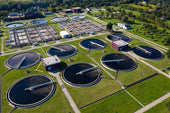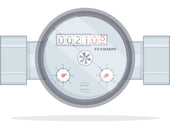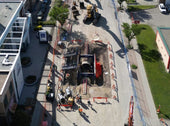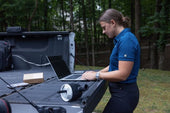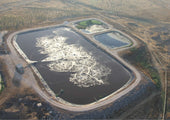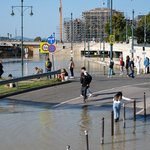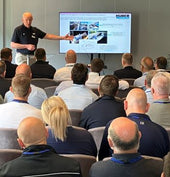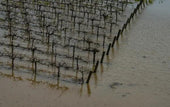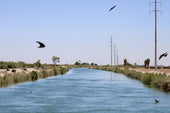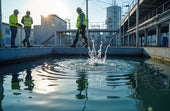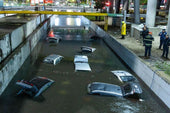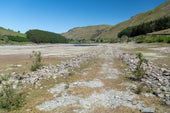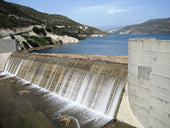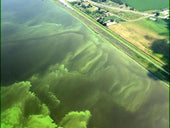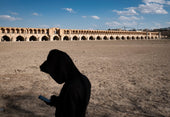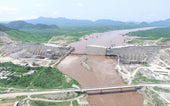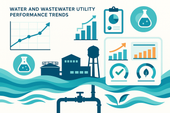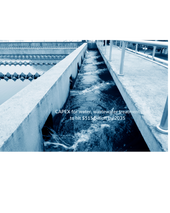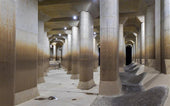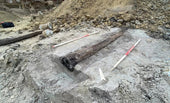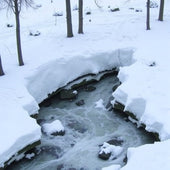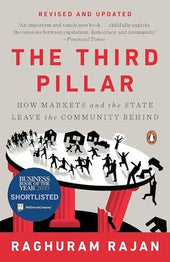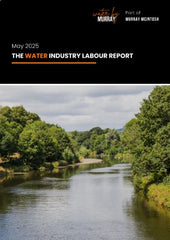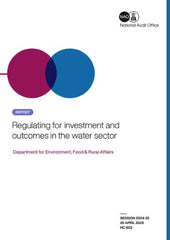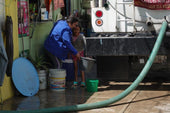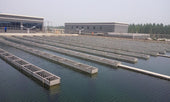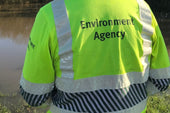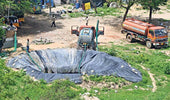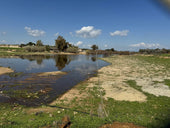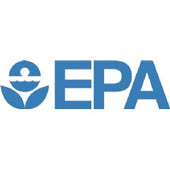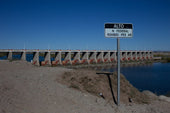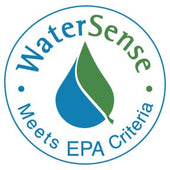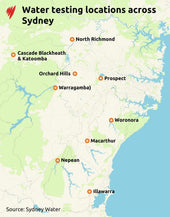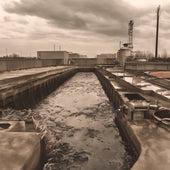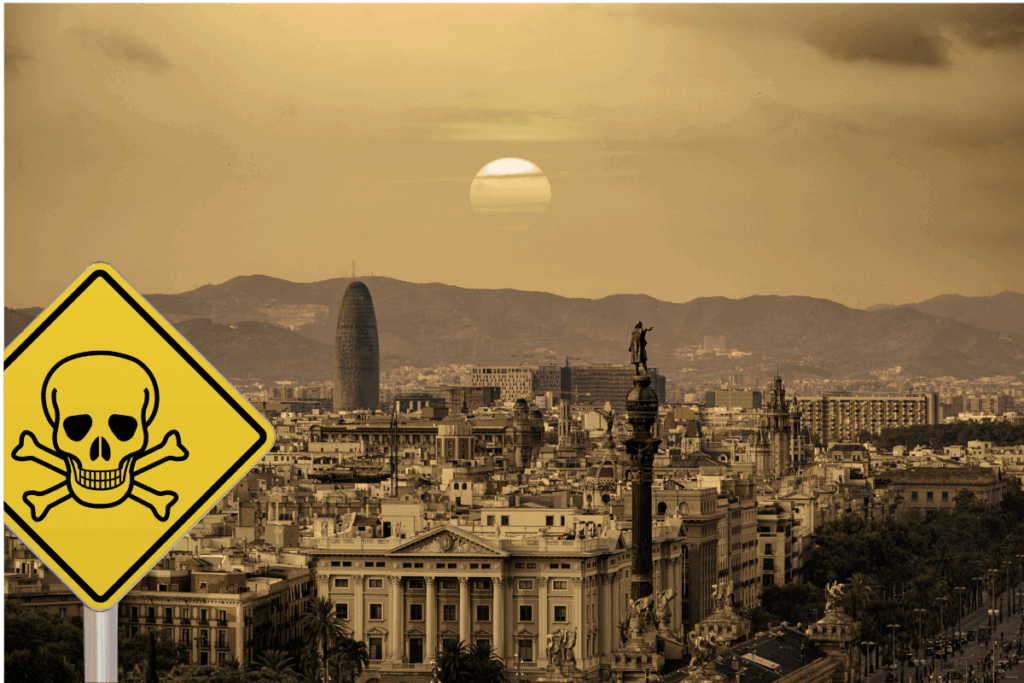
A fire forced 150,000 into lockdown in Catalonia. What went wrong?
One fire, five towns, and a new reason to watch the sky. Credit: Canva
One moment you’re having a coffee at a café, the next your phone issues a warning, “Stay indoors, close all windows, and do not leave home”. This was the reality for 150,000 residents in five Catalan municipalities on May 10th, when a fire broke out in a pool in Vilanova i la Geltrú. And no, this was not only smoke and fire in the air, but a toxic cloud of chemicals the very kind that turns into an emergency and health risk.
A fire that you cannot see
The warehouse in question belongs to Cleanwater Pool, and inside it includes roughly 70 tonnes of chlorine products (cleaning). That is the material we use for cleaning pools, not the stuff you want rising into the air. Authorities responded swiftly, by activating PLASEQCAT, which is Catalonia’s emergency protocol for chemical spills.
Towns such as Sant Pere de Ribas, Cubelles, Villanova i la Geltru, Cunit, and Calafell were told to stay indoors, and trains and roads stopped. Fortunately, at this moment there are no reported injuries, but still questions remain and the public is steadfast on the answers to this growing issue.
What could have triggered this?
Early reports indicate that the fire could have started from a lithium battery, which is a growing culprit in fires across Europe. It is a stark reminder on how easily high-tech tools can spark such low-tech chaos in warehouses containing flammable materials. The facility’s owner claimed that all safety measures were followed, and informed the fire crews to avoid using water as it can worsen the chemical reactions. So what happens when everything goes “right” and a toxic cloud still forms over five towns?
The fire may have ended quickly, but it it cannot be forgotten because, due to last week’s premise on a blackout, it is showing more regional failures and occurring at an alarming rate. It tells us how fragile our safety net in Spain really is.
What we learned
Spain has faced blackouts, wildfires, heatwaves, and now chemical clouds, and in every case, the coordination between the public authorities and public awareness can make the difference. This time, luckily, the system held. This incident reveals a deeper intersection of modern risk and invisible vulnerability.
A single spark near chlorine can trigger a toxic cloud and redraw the morning routine of tens of thousands. So the questions linger on future cases: What other industrial sites sit near schools, homes, or rail lines? Are lithium batteries appropriately stored? How fast can regional alert systems respond, and how do people react to them?
In the summer season, when fire risks, warehouse storage, and water management will be volatile, we need to be assured of safety systems in place so we don’t have to worry from one week to the next.


